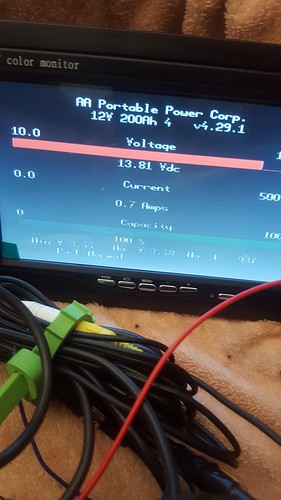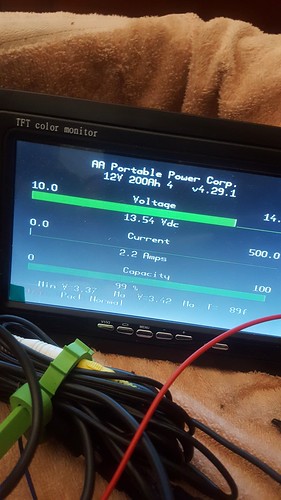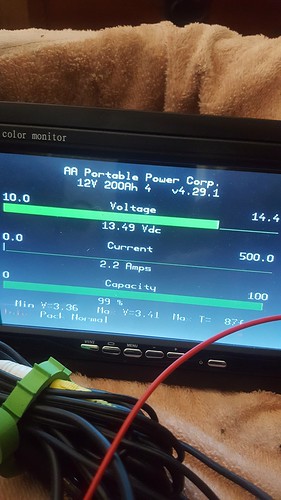Oops, I have got it wrong, upright or on the side is OK, on the back is bad. See here for more information http://visforvoltage.org/forum/9972-...ll-orientation
Yes the rate of charge makes a big difference! Another issue when charging with solar is that the charge current can vary from the maximum the solar panels can put out under full sun to nearly zero during heavy cloud cover or in the early evening which can make a difference to the final %SOC that your battery ends up at.
They look fine to me. Having the float voltage at 13.2V (3.3V/cell) will mean that your battery will not be kept at ~95%-98% full while the sun is up. You say you have been looking at the Cruising forum and they say not to keep the battery at a high SOC for extended periods. I agree with this if the battery is not being used or used infrequently, under these circumstances the battery SOC should be kept around 40%-50%. On the other hand if the battery is in use all the time as with my system and other off grid systems with things like fridges switching on and off I don't think this is such an issue. Let me know if you want a technical description of why this is so.
Looking through the MMS1012 manual it looks like the default float voltage is 13.4 (3.35V/cell) which is too low to charge an LFP battery, however if you have the ME-ARC Inverter Remote you can custom program the MMS1012.
Simon
Off grid 24V system, 6x190W Solar Panels, 32x90ah Winston LiFeYPO4 batteries installed April 2013
BMS - Homemade Battery logger github.com/simat/BatteryMonitor
Latronics 4kW Inverter, homemade MPPT controller
Very interesting chart, thank you for posting that. I wonder how similar my GBS cells would be compared to the Winstons. If you look at the chart I posted, 3.35vpc would be about 28% SOC at 0.5C while a .05C charge on your chart could be 65% SOC. Goes to show why you can't rely on voltage with LiFePO4 cells, which makes it a little more nerve wracking for newbies like me.
These are the only settings I can adjust in my solar charge controller. Do you see any problems with these settings?
The charger was only matching the 0.8 amps being pulled by the BMS, contractors & LCD screen, according to the shunt-based reading and I confirmed with a clamp meter.
Simon
Off grid 24V system, 6x190W Solar Panels, 32x90ah Winston LiFeYPO4 batteries installed April 2013
BMS - Homemade Battery logger github.com/simat/BatteryMonitor
Latronics 4kW Inverter, homemade MPPT controller






Comment